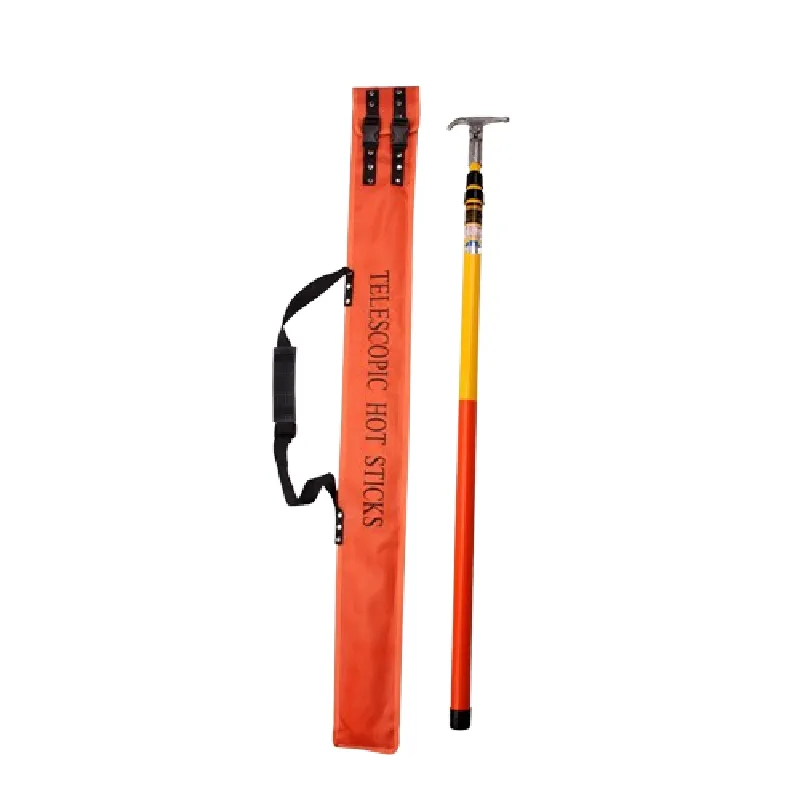
-
 Afrikaans
Afrikaans -
 Albanian
Albanian -
 Amharic
Amharic -
 Arabic
Arabic -
 Armenian
Armenian -
 Azerbaijani
Azerbaijani -
 Basque
Basque -
 Belarusian
Belarusian -
 Bengali
Bengali -
 Bosnian
Bosnian -
 Bulgarian
Bulgarian -
 Catalan
Catalan -
 Cebuano
Cebuano -
 Corsican
Corsican -
 Croatian
Croatian -
 Czech
Czech -
 Danish
Danish -
 Dutch
Dutch -
 English
English -
 Esperanto
Esperanto -
 Estonian
Estonian -
 Finnish
Finnish -
 French
French -
 Frisian
Frisian -
 Galician
Galician -
 Georgian
Georgian -
 German
German -
 Greek
Greek -
 Gujarati
Gujarati -
 Haitian Creole
Haitian Creole -
 hausa
hausa -
 hawaiian
hawaiian -
 Hebrew
Hebrew -
 Hindi
Hindi -
 Miao
Miao -
 Hungarian
Hungarian -
 Icelandic
Icelandic -
 igbo
igbo -
 Indonesian
Indonesian -
 irish
irish -
 Italian
Italian -
 Japanese
Japanese -
 Javanese
Javanese -
 Kannada
Kannada -
 kazakh
kazakh -
 Khmer
Khmer -
 Rwandese
Rwandese -
 Korean
Korean -
 Kurdish
Kurdish -
 Kyrgyz
Kyrgyz -
 Lao
Lao -
 Latin
Latin -
 Latvian
Latvian -
 Lithuanian
Lithuanian -
 Luxembourgish
Luxembourgish -
 Macedonian
Macedonian -
 Malgashi
Malgashi -
 Malay
Malay -
 Malayalam
Malayalam -
 Maltese
Maltese -
 Maori
Maori -
 Marathi
Marathi -
 Mongolian
Mongolian -
 Myanmar
Myanmar -
 Nepali
Nepali -
 Norwegian
Norwegian -
 Norwegian
Norwegian -
 Occitan
Occitan -
 Pashto
Pashto -
 Persian
Persian -
 Polish
Polish -
 Portuguese
Portuguese -
 Punjabi
Punjabi -
 Romanian
Romanian -
 Russian
Russian -
 Samoan
Samoan -
 Scottish Gaelic
Scottish Gaelic -
 Serbian
Serbian -
 Sesotho
Sesotho -
 Shona
Shona -
 Sindhi
Sindhi -
 Sinhala
Sinhala -
 Slovak
Slovak -
 Slovenian
Slovenian -
 Somali
Somali -
 Spanish
Spanish -
 Sundanese
Sundanese -
 Swahili
Swahili -
 Swedish
Swedish -
 Tagalog
Tagalog -
 Tajik
Tajik -
 Tamil
Tamil -
 Tatar
Tatar -
 Telugu
Telugu -
 Thai
Thai -
 Turkish
Turkish -
 Turkmen
Turkmen -
 Ukrainian
Ukrainian -
 Urdu
Urdu -
 Uighur
Uighur -
 Uzbek
Uzbek -
 Vietnamese
Vietnamese -
 Welsh
Welsh -
 Bantu
Bantu -
 Yiddish
Yiddish -
 Yoruba
Yoruba -
 Zulu
Zulu


Nov . 23, 2024 14:52 Back to list
catenary clamp
Understanding the Catenary Clamp An Essential Tool in Utility Applications
The catenary clamp is a critical component used in various utility applications, particularly in the installation and maintenance of overhead power lines and communication cables. Its primary function is to securely hold and support the cables, providing stability and ensuring efficient distribution of weight along the lines. The design and effectiveness of catenary clamps have a significant impact on the safety and reliability of the entire system.
The term catenary refers to the curve that a hanging cable or chain forms under its own weight. In utility engineering, this concept becomes crucial when considering the dynamics of overhead lines. When cables are suspended from poles, they naturally create a catenary shape, influenced by factors such as the material's weight, tension, and the distance between supports. The catenary clamp is engineered to accommodate this natural curve, allowing for both flexibility and security.
One of the primary advantages of catenary clamps is their versatility. They come in various sizes and designs, tailored to different types of cables, whether they are electrical power lines, fiber optic cables, or telecommunications wires. This adaptability ensures that utility companies can use catenary clamps across a wide range of projects, from residential areas to expansive industrial installations.
catenary clamp

Catenary clamps are typically made from robust materials, designed to withstand harsh environmental conditions. They must resist corrosion, withstand strong winds, and endure temperature fluctuations while maintaining their grip on the cables. Many modern clamps incorporate advanced materials and design technologies to optimize their performance, ensuring that they can handle the demands of contemporary utility networks.
Installation of catenary clamps is straightforward, but it requires careful consideration. Professionals must assess the weight of the cables, the spacing of the supports, and the environmental factors at play. Proper installation is vital for preventing sagging or undue tension in the wires, which can lead to a range of problems, including electrical outages or cable damage.
In conclusion, the catenary clamp is an indispensable tool in the toolkit of utility companies. Its role in maintaining the integrity and functionality of overhead lines cannot be overstated. By understanding the principles of the catenary curve and employing high-quality clamps, utilities can ensure the safe and efficient transmission of power and communications. As technology continues to evolve, the designs and materials used in catenary clamps will likely advance, further enhancing their effectiveness and reliability in the field.
Latest news
What Are Construction Tools and How Are They Used?
NewsJul.11,2025
Professional-Grade Duct Rodding Tools for Superior Cable Installation
NewsJul.11,2025
Enhancing Safety and Efficiency with Modern Hot Stick Solutions
NewsJul.11,2025
Empowering Cable Installation with Advanced Rodder Solutions
NewsJul.11,2025
Elevate Your Cable Installation Projects with Cable Pulling Tools
NewsJul.11,2025
Efficient Cable Handling Solutions: Cable Rollers for Sale
NewsJul.11,2025











